Kristian Williams | April 2, 2025
America was in a patriotic mood. The year 1976 marked two centuries of national independence and the country was on a red-white-and-blue bicentennial binge. Railway engines, fire hydrants, telephone books, and the disposable packaging of innumerable consumer goods were redesigned or redecorated to mark the occasion. The government issued special coins. Queen Elizabeth presented the city of Philadelphia with a replacement for the Liberty Bell. Across the country, paraders paraded, re-enactors re-enacted, and fireworks exploded.
All of this jubilance had a unsettling, desperate feel in a country still recovering from an economic recession, the revelations of Watergate, and military defeat in Vietnam.

Capitalizing on the contradiction were a group of underground comics pioneers — most famous among them, Gilbert Shelton — whose history of the American revolution was first released that same year. The book — a slim album whose 9.75 by 13 inch pages give plenty of space for the art's grotesque and somehow kinetic style — promises "a comical but essentially historically accurate series summarizing various figures and events of the American Revolution."
It plays all the old hits — Paul Revere's ride, Betsy Ross's flag, Washington crossing the Delaware, Benedict Arnold's betrayal — but always includes a subversive edge. Some details, we are told, have been distorted by two centuries of nationalist mythologizing. Others are here openly fictionalized for satiric effect. A group of picaros wander through the narrative, deflating momentous events with their drunkenness, cowardice, and general foolishness while reminding us of the genuine suffering entailed in, for example, a wintertime military offensive. In one bit of historical rewriting involving multiple levels of critique, the "created equal" line of the Declaration of Independence is suggested to Thomas Jefferson by one of his slaves. Several pages later, a single image efficiently reminds us that, with the British out of the way, the first major work of the new country was the expanded slaughter of the Native population.

The story even has a moral. When a young recruit, fearful that the fighting will end before he can kill a redcoat, rushes needlessly into the war's final battle, he is struck in the head by a cannon ball. Near death, he is granted a vision of previous and future revolutions, with their piles of severed heads and the eventual replacement of one ruling class with another. He awakes to pronounce a warning: "'Revolution' is a vicious circle and an and illusion!" The critique is sweeping, striking at the jingoist nostalgia of the bicentennial celebrations, and more surprising still, against a radical left convinced that a second American Revolution was (as historian and movement veteran Max Elbaum put it) "in the air." Shelton and company appear here as total refuseniks, both anti-authoritarian and quietist, refuting the myth of revolutionary change no matter the purpose to which it is put.
This year's Fantagraphics reissue reproduces the complete Give Me Liberty, along with a very Mad-influenced "Special Civil War Centennial" issue of the Texas Ranger, short bios of the creators, and assorted "E.Z. Wolf" and "Forty Year Old Hippy" strips. The back-matter material is mainly of historical interest, demonstrating how genuinely strange the underground comix seem even now. The main work, however, continues to remind just us how many ways there are to tell a history, and cautions us to remember that origin stories are often just lies told to justify a sordid history and facilitate ongoing crimes.






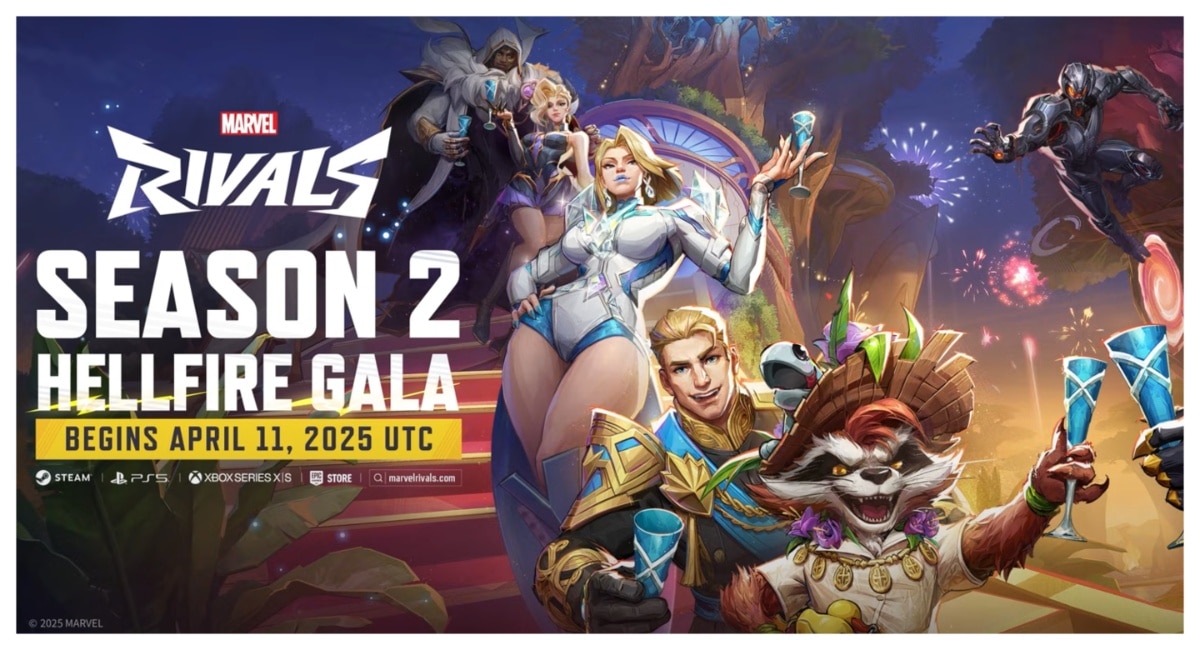


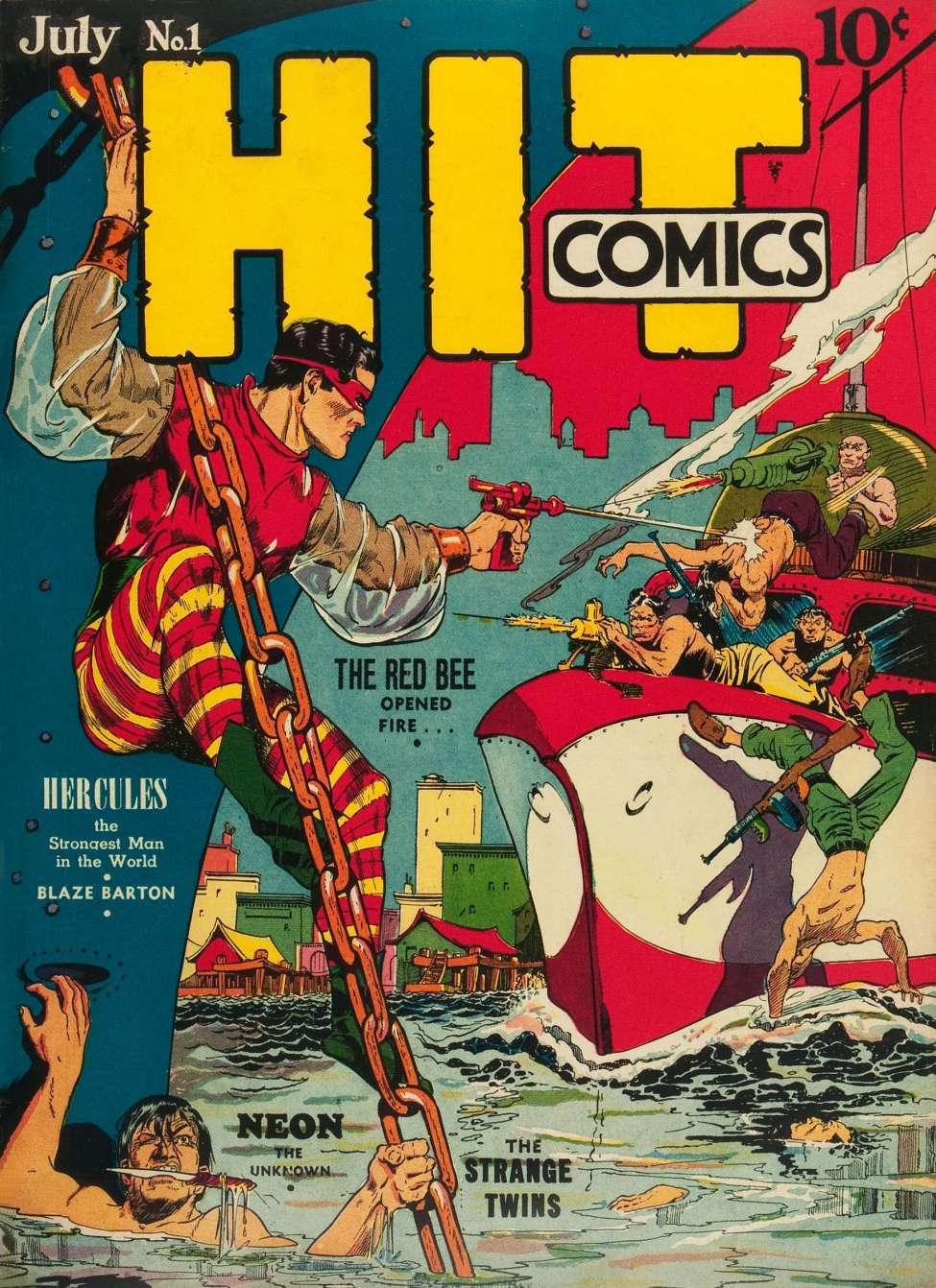

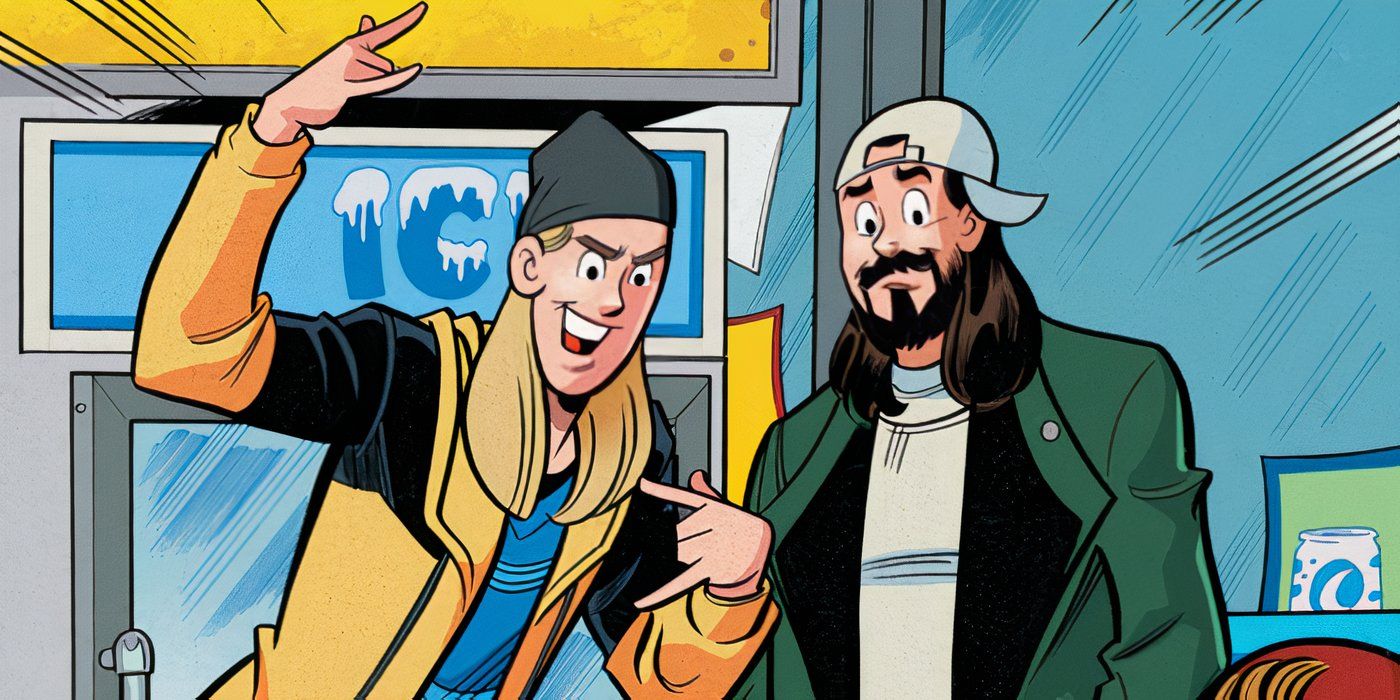


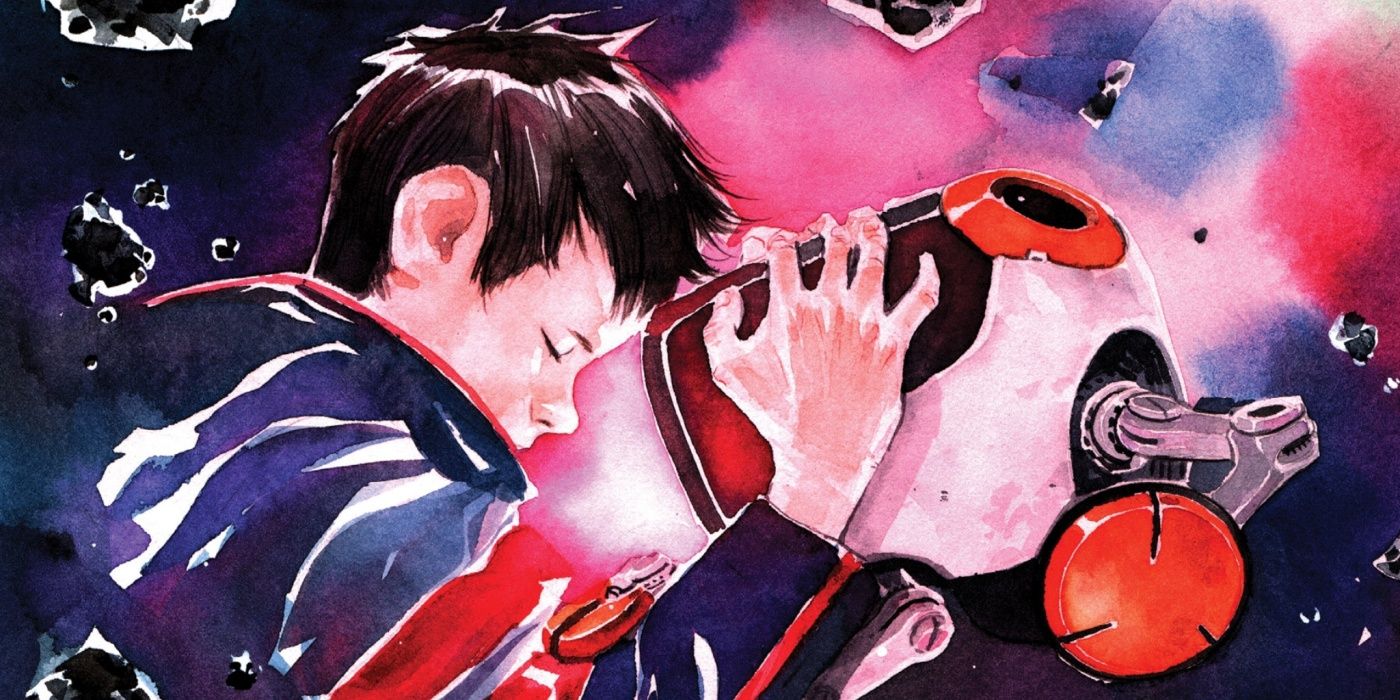

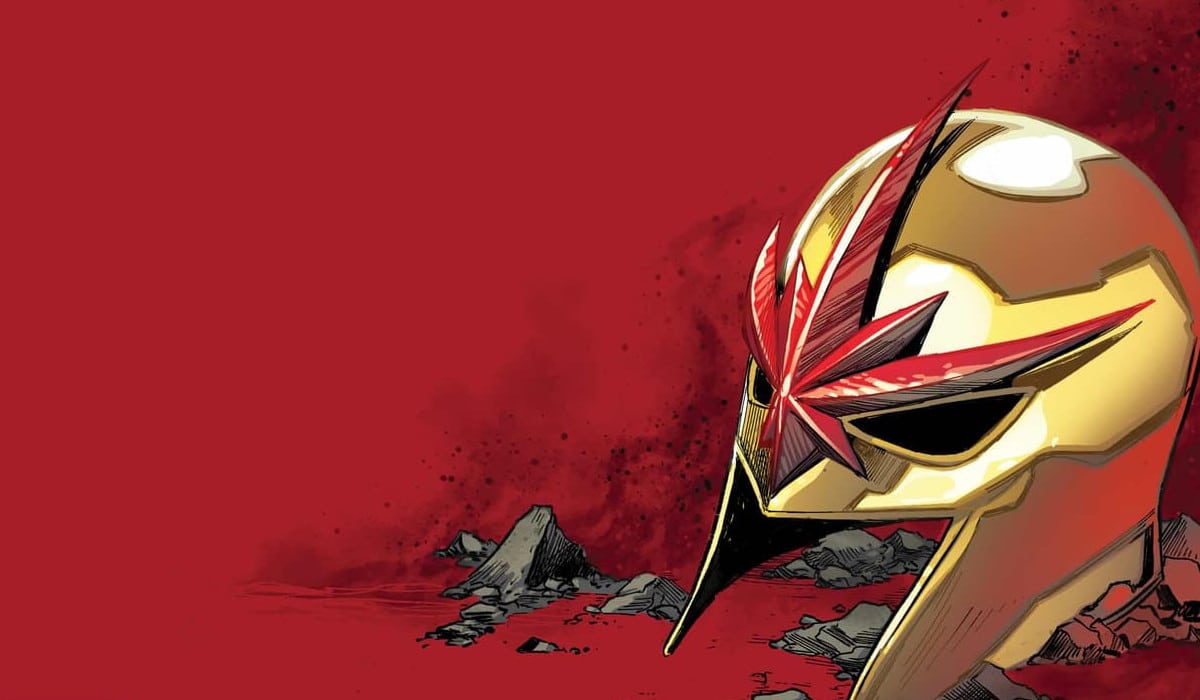
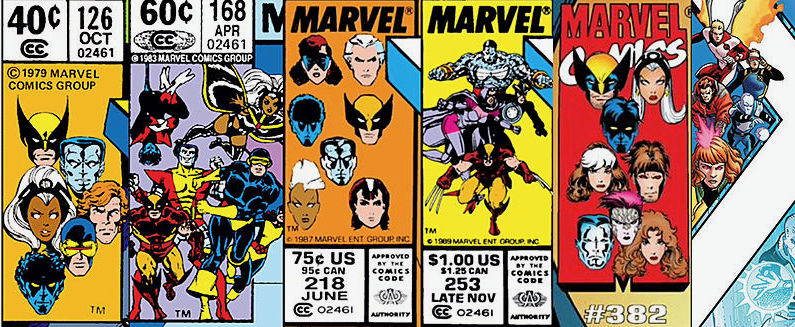


 English (US) ·
English (US) ·